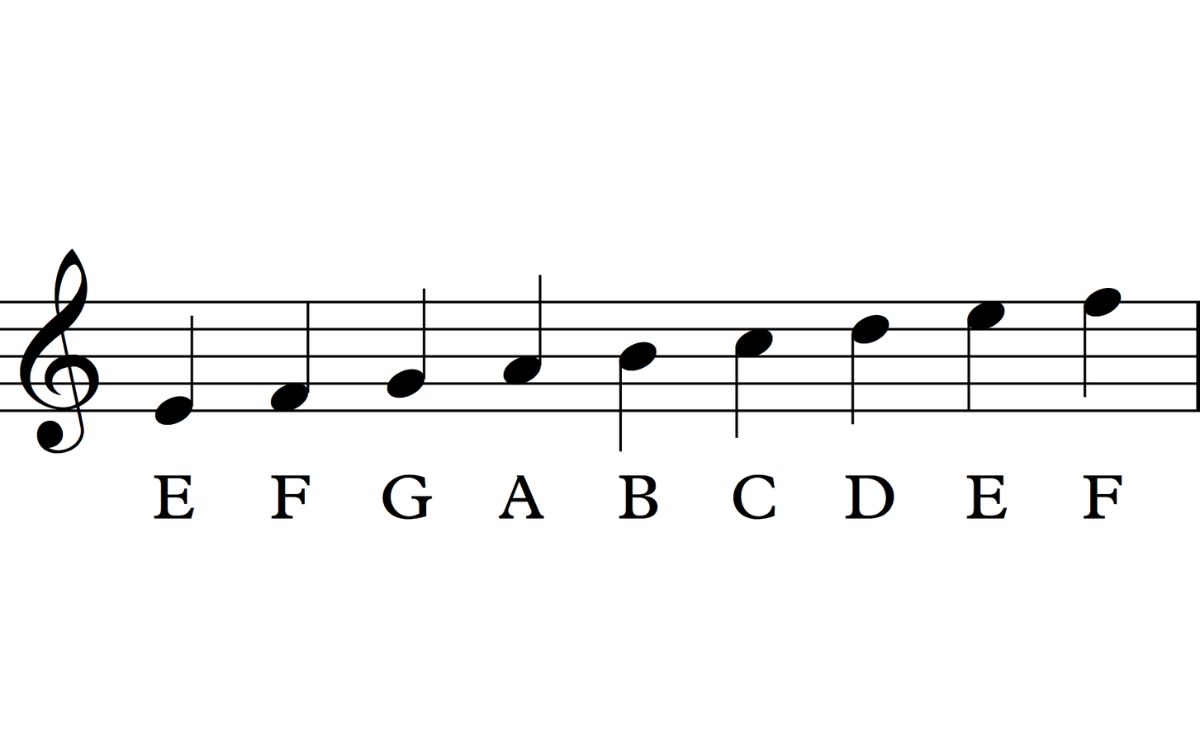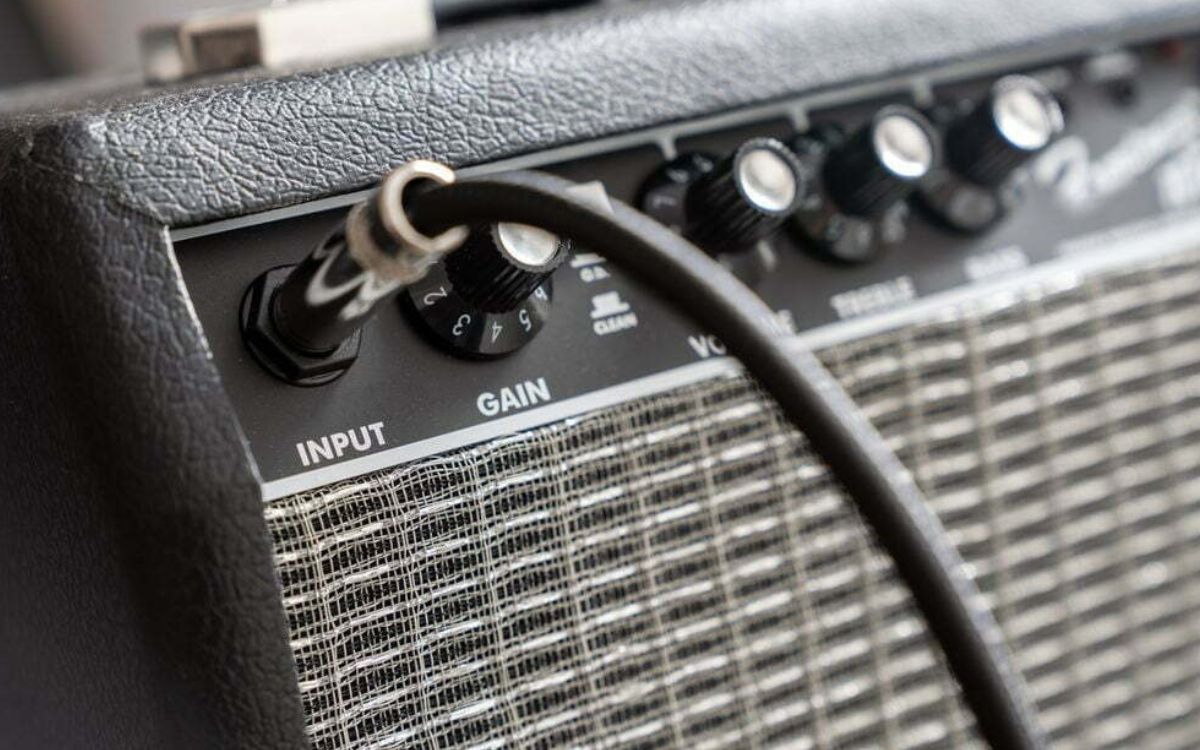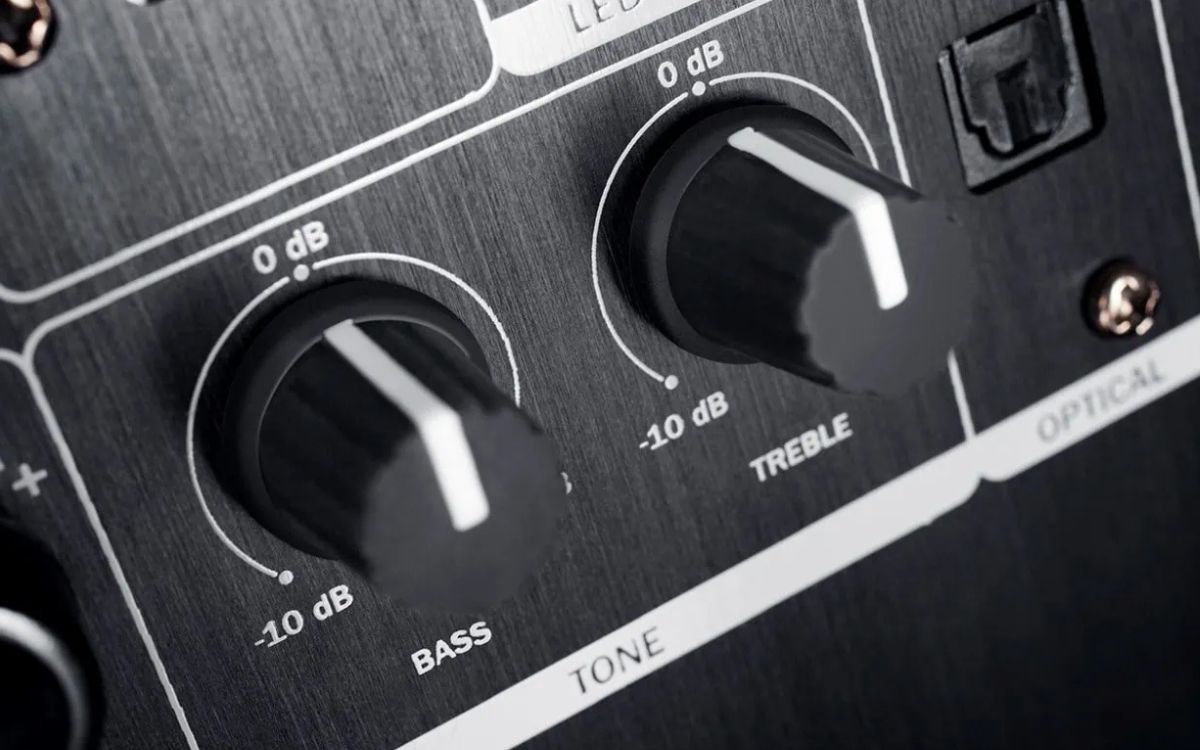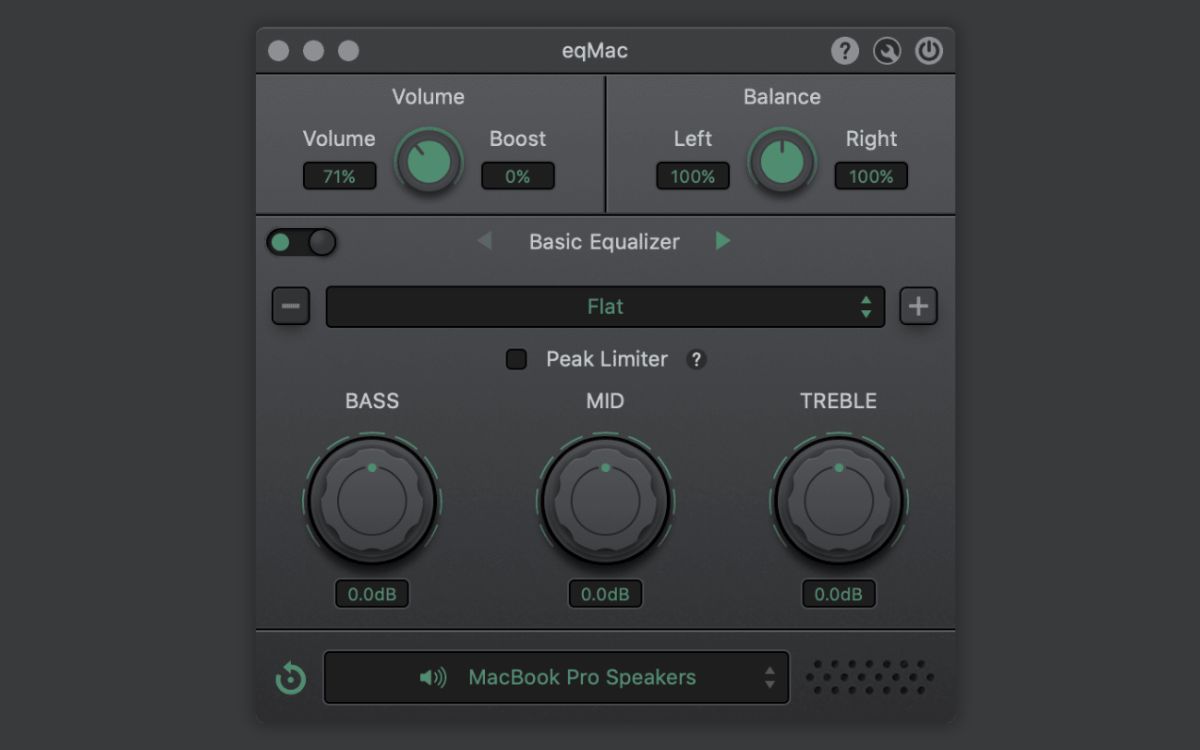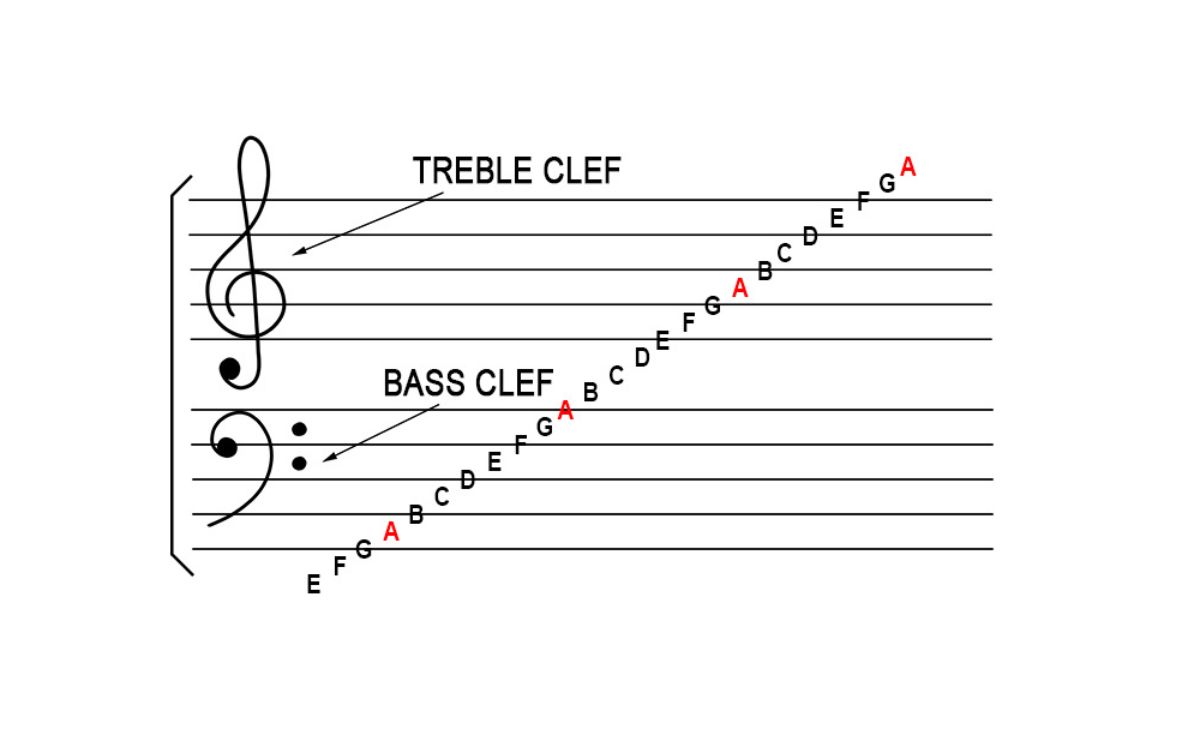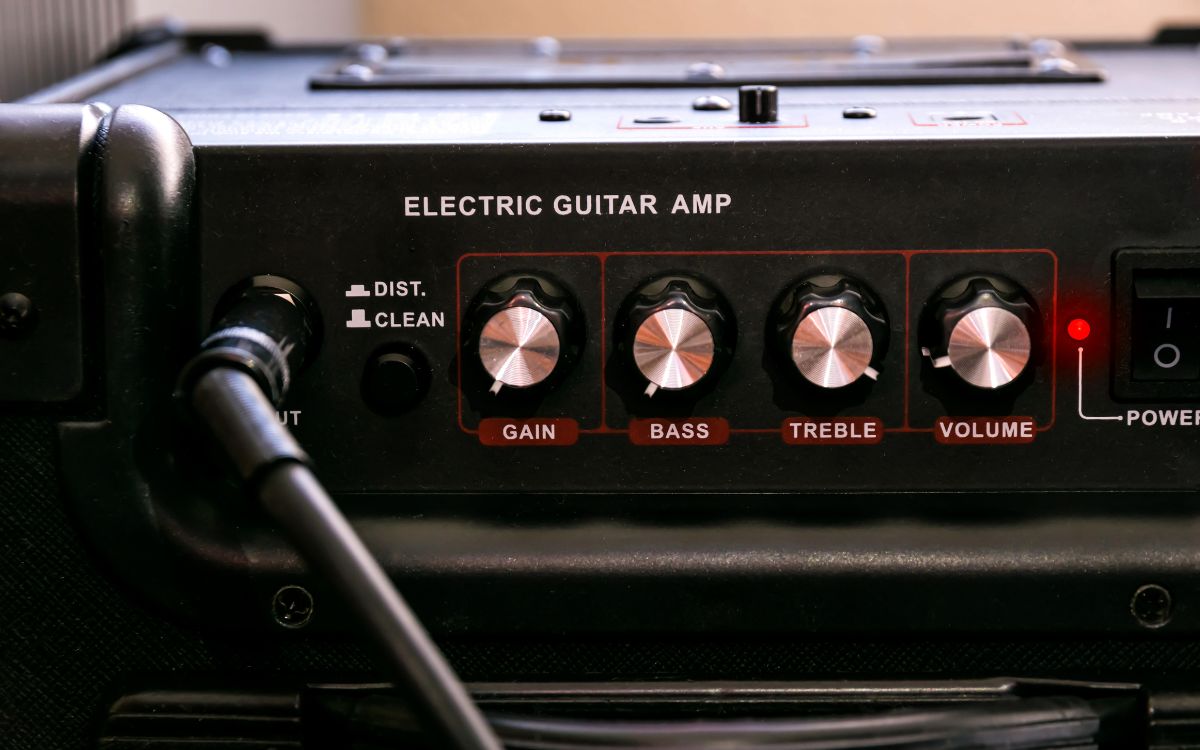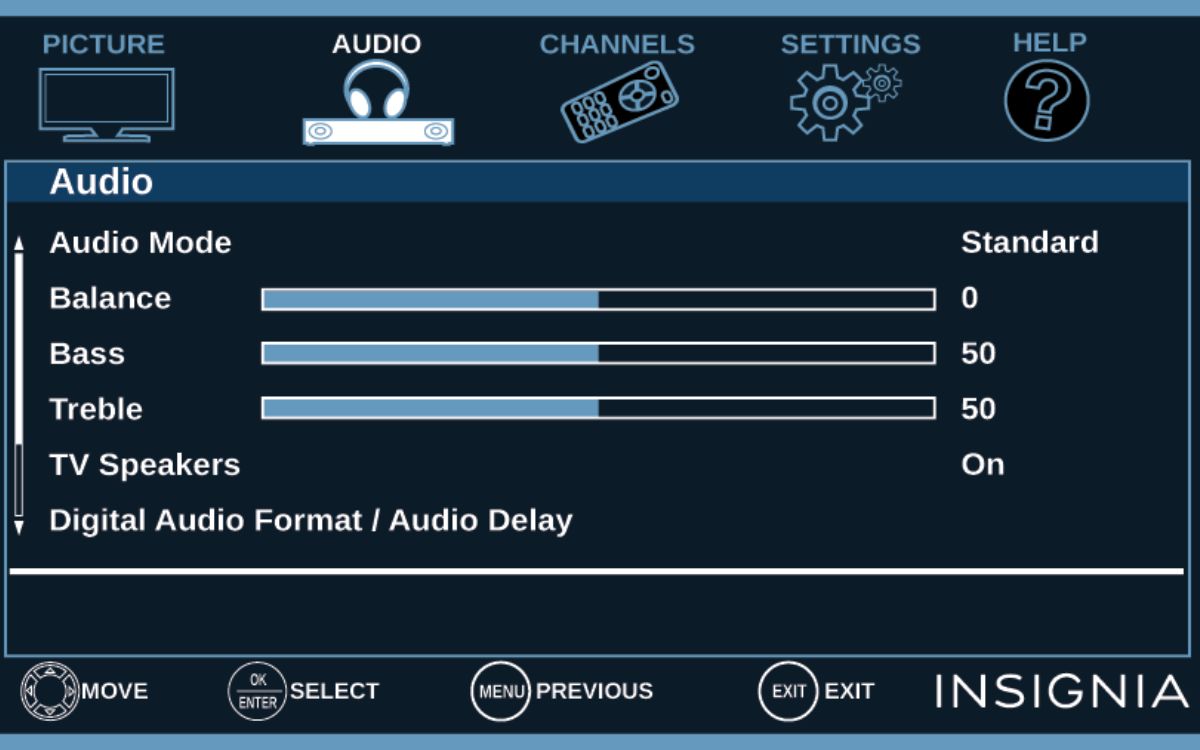Home>Production & Technology>Treble>What Is Treble In Music
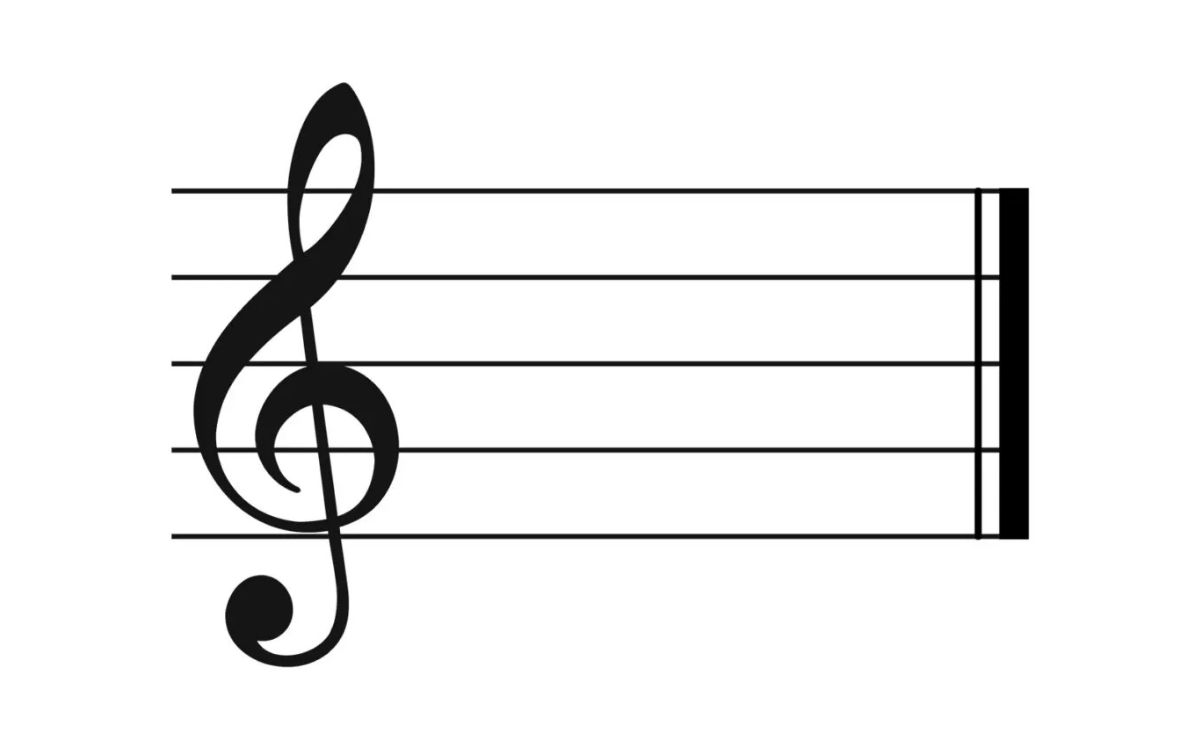

Treble
What Is Treble In Music
Modified: January 22, 2024
Discover the meaning of treble in music and how it adds high-pitched melodies to your favorite songs. Dive into the world of treble and its importance in musical composition.
(Many of the links in this article redirect to a specific reviewed product. Your purchase of these products through affiliate links helps to generate commission for AudioLover.com, at no extra cost. Learn more)
Table of Contents
Introduction
Welcome to the world of music! Whether you’re a musician or a music enthusiast, you’ve probably come across the term “treble” at some point. Treble is an essential element in creating a rich and balanced sound. In this article, we will delve into the world of treble, exploring its definition, role in music, the range of frequencies it encompasses, and techniques for enhancing it.
Treble refers to the higher register of sound frequencies in music. It is characterized by its bright and sharp qualities, adding clarity and sparkle to a composition. Understanding treble and its importance will not only deepen your appreciation for music but also help you better comprehend the technical aspects of sound production.
In the following sections, we will explore the technical aspects of treble, its musical notation, and the instruments that produce treble sounds. We will also discuss techniques for enhancing treble in the mixing and mastering process, as well as common issues related to treble in music production.
So, whether you’re an aspiring musician looking to better understand the intricacies of sound or a music enthusiast wanting to learn more about the elements that create the music you love, join us as we explore the fascinating world of treble in music.
Definition of Treble
Treble, also known as the high-frequency range, refers to the upper portion of the audio spectrum in music. It encompasses the higher-pitched sounds, often associated with brightness and clarity. The treble range can vary across different musical genres, instruments, and audio systems, but generally, it spans from around 2,000 Hz to 20,000 Hz.
In simple terms, treble can be understood as the counterpart to bass, which represents the lower frequencies. Whereas the bass adds depth and warmth to music, treble provides the necessary contrast by contributing sharpness and definition. Treble allows for the separation of different melodic elements and adds brilliance to the overall sound.
When we listen to music, our ears perceive different frequencies and interpret them as specific pitches. Treble frequencies are typically higher in pitch compared to bass frequencies. Instruments such as flutes, violins, and cymbals produce predominantly treble sounds. These instruments are known for their ability to cut through the mix and create a shimmering and vibrant texture.
Understanding the concept of treble is crucial not only for musicians but also for sound engineers and producers. By having a grasp of treble frequencies, they can manipulate the sound to achieve a desired balance and sonic quality. The careful manipulation of treble can make a significant difference in how a recording or a live performance is perceived.
Now that we have a clear understanding of what treble is and its importance in music, let’s explore the range of frequencies that make up the treble register and how it is represented in musical notation.
Range of Treble Frequencies
The range of treble frequencies in music typically spans from around 2,000 Hz to 20,000 Hz. This range is often referred to as the upper part of the audio spectrum and is responsible for the bright and crisp sounds we hear in music.
In musical notation, the treble clef, or G clef, is used to represent the range of treble frequencies. It is commonly found on the top staff of sheet music and is associated with higher-pitched instruments such as the violin, flute, and soprano voice. The treble clef symbol appears as a stylized letter “G” with a curl that wraps around the second line of the staff, indicating that the note G is located on that line.
As we move up the treble range, the frequencies become higher in pitch. The specific frequency range within the treble spectrum can vary depending on factors such as individual hearing, musical preference, and the audio system being used. However, a rough breakdown of the treble range can be categorized as follows:
- High Treble: Approximately 2,000 Hz to 5,000 Hz
- Mid Treble: Approximately 5,000 Hz to 10,000 Hz
- Upper Treble: Approximately 10,000 Hz to 20,000 Hz
It’s important to note that these categories are not fixed and can overlap, as different instruments and musical genres can have variations in their treble content. Additionally, some people may perceive certain frequencies within the treble range differently due to variations in individual hearing sensitivity.
Understanding the range of treble frequencies is essential for musicians and audio engineers. It allows them to ensure clarity and balance in their compositions and productions. By manipulating the treble frequencies, they can create a mix that is pleasing to the ear and brings out the desired characteristics of the instruments and vocals.
Now that we have explored the range of treble frequencies and their representation in musical notation, let’s dive into the role of treble in music and why it is such a vital component in creating a well-rounded sound.
Treble in Musical Notation
In musical notation, the treble clef, also known as the G clef, is used to represent the range of treble frequencies. It is one of the most commonly used clefs and is associated with higher-pitched instruments and voices.
The treble clef symbol is recognizable by its distinctive curving line, which wraps around the second line of the staff. This line represents the note G, hence the term “G clef.” The placement of the treble clef on the staff determines the pitch range of the music written beneath it.
The staff is a set of horizontal lines and spaces that represent the different pitches in music notation. Notes placed on the lines and spaces of the treble clef correspond to specific pitches within the treble range.
The lines of the treble clef, from bottom to top, represent the following notes:
- E – the bottom line of the staff
- G – the second line of the staff
- B – the fourth line of the staff
- D – the sixth line of the staff
- F – the top line of the staff
The spaces between the lines of the treble clef, from bottom to top, represent the following notes:
- F – the space below the bottom line
- A – the space above the bottom line
- C – the space between the second and third lines
- E – the space between the fourth and fifth lines
By combining notes on the lines and spaces of the treble clef, musicians can accurately notate melodies, harmonies, and other musical elements in the treble range. This notation system allows for precise communication of musical ideas, enabling performers to reproduce the intended music with accuracy.
Understanding the treble clef and being able to read music written in this clef is essential for musicians, especially those who play instruments such as the violin, flute, trumpet, and piano. It provides a framework for interpreting and performing music written in the higher pitch registers.
Now that we have covered the treble clef and its representation in musical notation, let’s explore the vital role that treble plays in music composition and its impact on the overall sound.
Role of Treble in Music
Treble plays a crucial role in music, adding brightness, clarity, and definition to the overall sound. It serves multiple functions that contribute to the richness and balance of a composition:
1. Melodic Clarity: Treble frequencies help define and highlight the melody of a piece. Higher-pitched instruments, such as violins, flutes, and vocals, often carry the main melodic lines. The treble range allows these instruments to cut through the mix, making the melody more distinct and memorable.
2. Harmonic Texture: Treble sounds contribute to the harmonic texture of music. By emphasizing the higher frequency range, treble instruments or voices can add shimmer and complexity to a chord progression or harmony. This balance between treble and bass frequencies creates a sense of depth and fullness.
3. Articulation and Attack: Treble frequencies provide clarity and definition to individual notes and musical phrases. Instruments like guitars, pianos, and drums rely on the treble range to create a sense of attack and articulation in their sound. It allows for precise and distinct note separation, enhancing the overall rhythmic quality of the music.
4. Emotional Impact: Treble frequencies can evoke specific emotions and moods in music. Bright and sparkling treble sounds often create a sense of excitement, joy, and liveliness. On the other hand, the absence or subdued treble can contribute to a darker, somber atmosphere. Skillful use of treble allows composers to shape the emotional landscape of a piece.
5. Sound Localization: Treble frequencies help us perceive the direction and location of sounds. In stereo audio systems, high-frequency sounds are often panned to the left or right channels. This spatial separation adds dimension and realism to the listening experience, making it easier to identify and localize specific sounds within the stereo field.
Understanding the role of treble in music is essential for musicians, audio engineers, and producers. By carefully balancing the treble frequencies, they can create a sonic environment that is pleasing to the ear. Whether it’s enhancing the melodic clarity, adding sparkle to a mix, or evoking specific emotions, treble is a vital component of creating a well-rounded and engaging musical experience.
Now let’s explore the wide range of instruments that produce treble sounds and contribute to the overall sonic landscape in music.
Instruments that Produce Treble Sounds
Various musical instruments produce treble sounds, contributing to the overall harmonic texture and tonal balance in music. These instruments are known for their ability to produce bright, shimmering, and high-pitched tones. Let’s explore some of the instruments that fall under this category:
1. Violin: The violin is an iconic instrument that produces beautiful treble tones. It is played with a bow, which draws out rich and resonant high frequencies. The violin’s expressive capabilities make it versatile in creating both melodic lines and intricate ornamentations.
2. Flute: The flute is a woodwind instrument that produces clear and airy treble sounds. Its narrow cylindrical shape allows for the production of high-pitched notes and delicate melodies. The flute is known for its ability to cut through the mix and add a distinctive brightness to a composition.
3. Trumpet: As a brass instrument, the trumpet is capable of producing powerful and piercing treble tones. Its cylindrical bore and brass construction result in a bright and resonant sound. The trumpet’s versatility allows it to play lead lines, harmonies, and improvisations in various musical genres.
4. Soprano Voice: In vocal music, the soprano voice is known for its high range and ability to produce treble sounds. Soprano singers have the agility and control to hit and sustain high notes with clarity and precision. Their voices add a soaring and ethereal quality to choral and solo performances.
5. Cymbals: Cymbals are percussion instruments that produce bright and shimmering treble sounds. When struck together, the metallic nature of the cymbals creates a distinctive and sustained high-frequency impact. They are commonly used in drum kits, orchestras, and various styles of music to add accents and texture.
6. Piano: While the piano is known for its ability to cover a wide tonal range, the higher registers of the instrument produce bright and expressive treble sounds. The piano’s hammers striking the strings create rich and resonant high frequencies, adding clarity and definition to melodies and harmonies.
These are just a few examples of instruments that produce treble sounds. Many other instruments, such as piccolo, clarinet, tambourine, and chimes, also contribute to the treble range in music. Understanding the capabilities and characteristics of these instruments allows musicians and composers to create compelling sonic landscapes and intricate musical arrangements.
Now that we have explored the instruments that produce treble sounds, let’s dive into techniques for enhancing treble in music production.
Techniques for Enhancing Treble
Enhancing the treble in music production can bring clarity, sparkle, and a sense of liveliness to the overall sound. Here are some techniques that audio engineers and producers use to enhance the treble frequencies:
1. EQ Adjustments: Equalization (EQ) is a powerful tool for shaping the frequency balance in a mix. Boosting the treble frequencies using a shelving EQ or a parametric EQ can bring out the desired sparkle and brilliance. Careful adjustments should be made to avoid excessive sibilance or harshness.
2. Harmonic Exciters: Harmonic exciters add harmonics to the audio signal, enhancing the treble frequencies and creating a sense of excitement. These plugins introduce subtle distortion and saturation, which can bring out the richness and detail in the high-frequency range.
3. Stereo Widening: Expanding the stereo width of the treble frequencies can add dimension and separation in the mix. Techniques such as stereo panning and stereo imaging plugins can create a spacious and immersive treble soundstage, enhancing the overall listening experience.
4. Compression: Careful use of compression can help control the dynamic range of the treble frequencies. Light compression can bring out the subtle nuances in the high-frequency range and add sustain to instruments or vocals, without squashing the natural transients.
5. Transient Shaping: Transient shaping plugins allow precise control over the attack and decay of a sound. By emphasizing the transient of the treble elements, such as percussion and plucked instruments, you can enhance their clarity and presence in the mix.
6. De-essing: De-essing is a technique used to reduce excessive sibilance in vocal recordings. By selectively attenuating the high-frequency content in the vocal track, you can smooth out harsh “s” and “sh” sounds, resulting in a clearer and more balanced treble range.
7. Saturation and Tape Emulation: Saturation plugins and tape emulation plugins can add warmth and subtle harmonic distortion to the treble frequencies. This can help add character and vintage vibe to the high-frequency content, giving it a more organic and rich quality.
These are just a few techniques that can be used to enhance treble in music production. It’s important to note that while enhancing the treble can bring benefits to a mix, it’s equally crucial to maintain a balanced frequency spectrum and prevent any harshness or fatigue in the listener’s ears.
Now that we have covered techniques for enhancing treble, let’s explore some common issues related to treble in music production.
Common Issues with Treble in Music
Treble frequencies can present challenges in music production, and understanding common issues related to treble is essential for achieving a balanced and pleasing mix. Here are some typical problems encountered with treble and methods for addressing them:
1. Harshness and Fatigue: Excessive treble can lead to harsh and piercing sounds, causing listener fatigue. To address this issue, it is important to carefully control the amount of treble during the mixing and mastering process. Using EQ to attenuate specific frequencies or dynamic processors to tame harsh peaks can help maintain a smoother and more enjoyable listening experience.
2. Imbalanced Frequency Spectrum: Insufficient treble can result in a dull and muffled mix. To prevent this, it is crucial to ensure a well-balanced frequency spectrum. Using EQ to boost and sculpt the treble frequencies can bring back the desired clarity and brightness, helping instruments and vocals stand out in the mix.
3. Sibilance: Sibilance refers to excessive “s” and “sh” sounds in vocal recordings. These high-frequency consonant sounds can be harsh and distracting. Applying de-essing techniques, such as frequency-specific compression or dedicated de-esser plugins, can help control and reduce the sibilance while preserving the natural character of the vocals.
4. Lack of Definition: Poor treble definition can lead to a muddy and unfocused mix. To address this issue, it is crucial to provide clarity and separation in the high-frequency range. Using EQ to carve out space for each treble instrument or employing transient shaping techniques can help improve the definition and articulation of individual treble elements.
5. Phase Issues: Phase cancellation can occur in the treble range, especially when multiple microphones are used to record instruments or vocals. This can result in a loss of clarity and detail. Careful microphone placement and phase alignment, along with proper room acoustics, can help reduce phase issues and preserve the natural integrity of the treble frequencies.
6. Inconsistent Monitoring: Inaccurate monitoring systems can lead to misjudgment of treble balance. It is important to use high-quality studio monitors or headphones that provide a flat frequency response, allowing for accurate assessment of the treble content. Regular calibration and referencing on different playback systems can ensure an accurate representation of the mix.
By being aware of these common issues and implementing appropriate techniques, audio engineers and producers can overcome treble-related challenges and create a well-balanced, clear, and engaging sonic experience for the listener.
Now that we have discussed the common issues with treble in music production, let’s conclude our exploration of treble by summarizing its importance and impact in music.
Conclusion
Treble is a vital component of music, adding brightness, clarity, and definition to the overall sound. Understanding treble and its role in music production allows musicians, audio engineers, and producers to create balanced and captivating compositions.
We explored the definition of treble and its range of frequencies, from around 2,000 Hz to 20,000 Hz. We also discussed how treble is represented in musical notation through the treble clef, as well as its functions in providing melodic clarity, defining harmonic texture, and evoking emotional impact.
Furthermore, we examined various instruments that produce treble sounds, like the violin, flute, trumpet, and soprano voice. These instruments contribute to the treble range and enhance the overall sonic landscape of a composition.
We also covered techniques for enhancing treble in music production, such as EQ adjustments, harmonic exciters, stereo widening, compression, transient shaping, and de-essing. These techniques help bring out the sparkle, detail, and presence of treble frequencies, creating a vibrant and engaging audio experience.
However, it is essential to be aware of common issues related to treble, such as harshness, imbalanced frequency spectrum, sibilance, lack of definition, phase issues, and inconsistent monitoring. By understanding these issues, audio professionals can address and overcome them, resulting in a more refined and pleasing treble presentation.
In conclusion, treble is a significant component of music that adds brilliance, definition, and emotion to compositions. By understanding and effectively manipulating treble frequencies, musicians and audio professionals can create dynamic and captivating sonic experiences that resonate with listeners.
So, the next time you listen to your favorite song, pay attention to the treble and appreciate its role in creating a beautiful and immersive musical journey.

